Little Bowl Town
Once upon a time there was a small, tranquil seaside village called Kommetjie, with stone houses dating back to 1900. Kommetjie means ‘Little Bowl’ - a name derived from the numerous natural inlets in the rocks, and subsequently developed to form a very distinctive tidal pool.

Until Word War II, this undeveloped little place was not well known. 1939 saw the first installation of electricity and shortly afterwards piped water. There were no proper roads, and no facilities for sports, recreation or entertainment. During the war large numbers of troops passed through Cape Town, and refugees, particularly from Malaysia and Indonesia, poured into the town.
They hoped to find safe passage back home, but they had to wait for many months in a place where accommodation was in very short supply. Holiday homes, spare rooms, outhouses and small hotels, like the one in Kommetjie were sourced, and eventually the army and the navy commandeered all these various places for accommodation.
Stunning Views
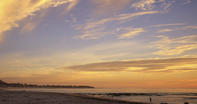
Many foreigners moved into the little village of Kommetjie. As Capetonians took these refugees under their wing, they came to visit Kommetjie, and eventually came to appreciate the tranquil beauty of the little fishing spot. The main throughway still wanders through the small, select shopping area, with a hotel boasting a beer garden and restaurant.
Locals tend to meet and chat at the little postal shop, which serves as a post office, curio shop, and information centre. Some of the most stunning photographs of the area are on display here. As the road leaves the village, it climbs steeply up "Slangkop" Mountain (175 m) from which the most stunning views of the Atlantic can be appreciated, whatever the season.
Surfers' Hang-out
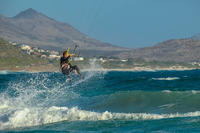
“Kief bru, I’m lank stoked” … if you need someone to translate this phrase, you may just battle to understand the Kommetjie vibe. This South Peninsula village is the archetypal surfers’ hang-out, and rightly so as Long Beach, Sunset, Outer Kom and a whole bunch of other breaks in the immediate vicinity offer world-class waves.
The water temperatures at Kommetjie are always low due to the cold Benguela Current that passes through the sea. However this has not stopped surfers and divers from enjoying and exploring more of this coastline.
There is way more to Kommetjie than waves though, and as it is less than an hour from Cape Town, it is well worth a visit. The relaxed seaside ambience spills over into the coffee shops and pubs, where bleached hair, baggies and bare feet are a way of life rather than a fashion statement.
The town encircles a natural rocky bay resembling a small basin or ‘kommetjie’ in Afrikaans, which explains the name. Good crayfish diving spots exist in the kelp beds, but chances are the locals will keep quiet about those.
Slangkop Lighthouse
The Slangkop Lighthouse has seen all of the most dangerously high and rough seas along the stretch of the Atlantic coast. Many a victim in the form of a ship has been claimed. One of them, the Clan Monroe, ran around in 1905 and settled on the rock-shelf just below the lighthouse. The Umhlali also ran around in 1910, quite near the site of the lighthouse.
The Slangkop Lighthouse was commissioned in 1919 by Sir Francis Hely-Hutchinson, then-Governor of The Cape of Good Hope. It stands 33 m high, making it one of the tallest lighthouses in South Africa. Today, the boardwalk around the lighthouse allows visitors to explore the area on foot or mountain bike.
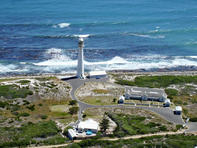
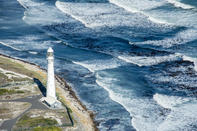
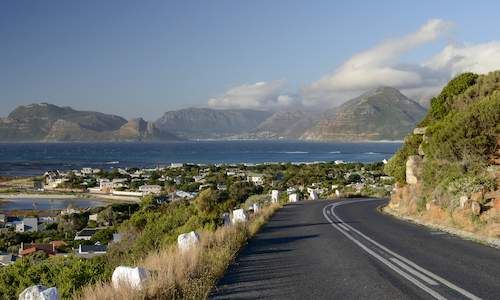 Kommetjie is a popular bird watching post, with many areas designated just for bird spotting. The Kom Area, Long Beach and Klein Slangkop ar...
Kommetjie is a popular bird watching post, with many areas designated just for bird spotting. The Kom Area, Long Beach and Klein Slangkop ar...